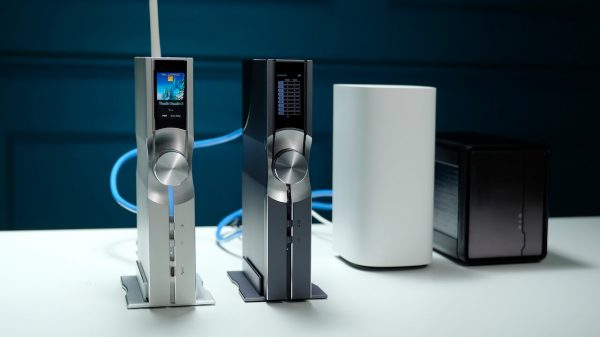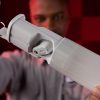Enterprises are realizing the historic problems with their IT investments are a symptom of fear to invest in change. However CIOs are beginning to stray from the norm and rethink their IT strategy and budget. Recognizing that throwing money at new hardware and increased processor speed is not reducing the amount of helpdesk calls received overtime and realizing the importance of proper maintenance of the operating systems might prove to provide a better return on investment.
Within the OS, the hard disk is the weakest link. With little to no advancements since its interception over 50 years ago, it lags far behind in world of multi-Gigahertz microprocessors. Purchasing increased in processor speed and advanced hardware is useless when the flawed design of the hard disk storage method is fragmenting the hard drive and sabotaging the system.
All modern computer systems experience fragmentation as a default of the OS. Even freshly built systems get fragmented simply after installing the operating system. Hard drive fragmentation becomes increasingly obvious on systems within large networks with more file traffic.
Fragmentation occurs as files are created, edited and deleted. Parts of each file are saved wherever free space is available on the hard drive. This slows the file access time considerably as the read head reassembles each tiny piece. This is an unavoidable problem that can lead to system inefficiency and unreliability. Over time this continual fragmentation can cause the system to suffer total breakdown.
Helpdesk receives daily calls from employees complaining about their slow computers suffering from hanging applications or complete system crashes. These issues are a direct result of a fragmented hard drive. Many systems are often replaced as a result, when an educated sys-admin could have simply solved these problems by running a defrag.
Defragging the hard drive restores the disk to create whole files and chucks of free-space. Regular defragmention reduces user waiting time, improves new technologies, prevents unnecessary hardware upgrades and reduces help desk calls, ultimately resulting in a huge ROI for the enterprise.
CIOs are thinking outside the box and making the tactical choice to improve and maintain the structure of their operating systems by investing in a defragmention solution. Today there are automatic third-party defragmenters that do not require the valuable time of an IT professional to manually defrag each workstation.























